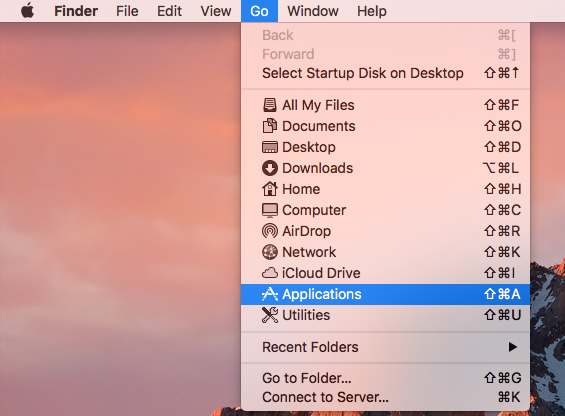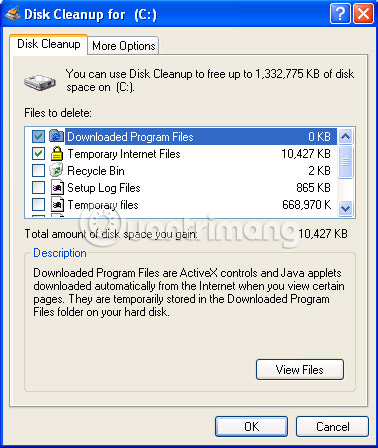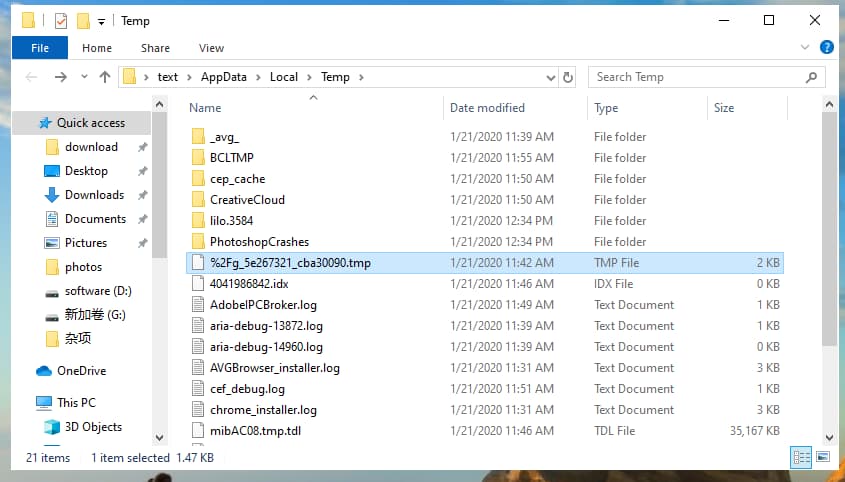

- DELETING TEMP FILES ON A MAC FOR COREL PAINTER PLUS
- DELETING TEMP FILES ON A MAC FOR COREL PAINTER WINDOWS
DELETING TEMP FILES ON A MAC FOR COREL PAINTER PLUS
Remember, back then, most Mac Plus users were getting by with a single 800 KB floppy drive, while those who felt like splurging could add an additional external floppy drive. Other users discovered that a RAM disk could be used to create an amazingly fast storage system. And while many users were happy to just max out the RAM, and enjoy the performance gain of having more memory, which let them run more applications concurrently, some users discovered the joys of using a RAM disk to speed up the system and apps. That was an amazing amount of RAM in 1986, and begged the question: What can I do with all this memory space?Īt the same time, many users were asking how they could speed up their Macs.

The Mac Plus shipped with 1 MB of RAM, but users could increase the memory size to 4 MB.

The Mac Plus, released in 1986, had quite a few new features, including the use of SIM (Single Inline Memory) modules that users could easily upgrade. RAM disks existed before the Macintosh ever hit the market, but we’re going to predominantly explore how RAM disks were used with the Mac. The system, as well as any installed apps, can write files to or read files from the RAM disk, just as if it really were another storage drive mounted on your Mac.īut unlike any storage drive, a RAM disk can operate at the speed of RAM, which is usually many times faster than most drive storage systems. NOTE: If you want to delete Temporary Internet Files in Windows, follow these instructions.Once a popular option in the early days of the Mac, RAM disks, which were used to speed up the performance of a Mac, have fallen by the wayside.Ĭonceptually, RAM disks are a simple idea: a chunk of RAM set aside that looks, to the Mac system, like just another storage drive.
DELETING TEMP FILES ON A MAC FOR COREL PAINTER WINDOWS
Some examples of Windows utilities include: These programs can search your hard disk for temp files and remove the ones you don't need, saving hard disk space. If you want to delete many temp files at once, several programs are available that will automate the process for you. Once you have verified that they are not needed or are duplicates of other files, simply move the files to the Recycle Bin (Windows) or the Trash (Mac) and empty the trash. If you plan on manually removing specific temp files, first make sure the files you want to delete are actually temporary files and that you do not need them for any reason. These files can accumulate on your hard drive without you even noticing.įinally, Web browsers, such as Internet Explorer, create "Temporary Internet Files" to store user data, including cookies, images from visited Web pages, and the user's browsing history. This may be due to programming errors that cause temporary files to not be correctly disposed of when an application is quit. However, some temp files are left behind even when a program is quit correctly. Temp files are typically deleted automatically when the program is closed normally, but if the program quits unexpectedly, the temp files are not deleted. Then if you have not saved the file and the program unexpectedly crashes or the computer shuts down, there will be a temporary file that was recently saved. Many programs, such as those included with Microsoft Office, will save a temporary version of a file every few minutes while the original file is open. Programs create temporary files primarily for backup purposes. For example, if you find a temp file in a folder named "Temporary Files" within the main folder of a certain application, the temporary file most likely belongs to that application. For example, if the filename is 2006_annual_report.tmp, the file might be a Word document or Excel spreadsheet that was named "2006 annual report." Other times, the location of a temp file may help you determine what program created the file. Sometimes, the part of the filename before the extension will give you a clue as to where the file is from.

This can make it difficult to figure out what program created a specific temp file, or even where the file came from. Though they share the same file extension, temporary files can be created by many different programs. Temporary files (also called "temp files") usually have filenames that end with the extension.


 0 kommentar(er)
0 kommentar(er)
